In the summer of 2017 we published a seminal work with the help of our collaborators in Japan. The work is seminal because it highlights a different cavitation phenomenon where cavitation occurs when the pressure in a fluid goes below the vapor pressure by a sudden acceleration rather than the traditional velocity method. In the acceleration method the fluid doesn’t really have to be moving at all (velocity = 0) but there are instances where cavitation can occur and that is when the acceleration of the object is suddenly larger than the difference between the surrounding pressure and the vapor pressure (pressure at which a liquid boils or forms vapor at a given temperature. The work also highlights how a liquid filled bottle can break by a sudden tap on the top. Some youtubers have falsely tried to claim that the bottle breaks because of the large pressure captured inside the bottle by ones hand but we show that you don’t have to seal the bottle to break it. Instead our accelerometers synchronized with high speed cameras (25,000 fps) show that the impact on the top of the bottle creates cavitation at the bottom that then collapses onto one small spot, thus concentrating the energy input into a small area sort of like how a glass window can be shattered with a sharp hammer. Check out our YouTube video that Mark Rober later produced.
Cavitation onset caused by acceleration
Recent Posts
- Cavitation onset caused by acceleration
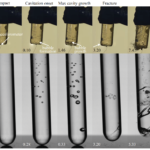
- Stable-streamlined and helical cavities following the impact of Leidenfrost spheres: Publication in Journal of Fluid Mechanics
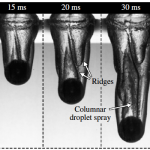
- Big News!
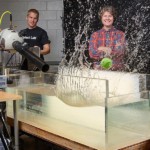
- Droplets on bent fibers
- Three-dimensional microscopic light field particle image velocimetry: Publication in Experiments in Fluids
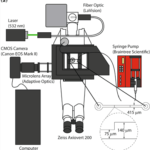
Categories
Archives
- September 2021
- July 2020
- April 2017
- March 2017
- January 2017
- December 2016
- November 2016
- October 2016
- July 2016
- June 2016
- May 2016
- April 2016
- March 2016
- February 2016
- December 2015
- October 2015
- August 2015
- May 2015
- April 2015
- March 2015
- December 2014
- November 2014
- October 2014
- July 2014
- April 2014
- March 2014
- February 2014
- November 2013
- September 2013
- July 2013
- June 2013
- May 2013
- March 2013
- January 2013
- December 2012
- November 2012
- October 2012
- September 2012
- August 2012
- July 2012
- May 2012
- October 2008


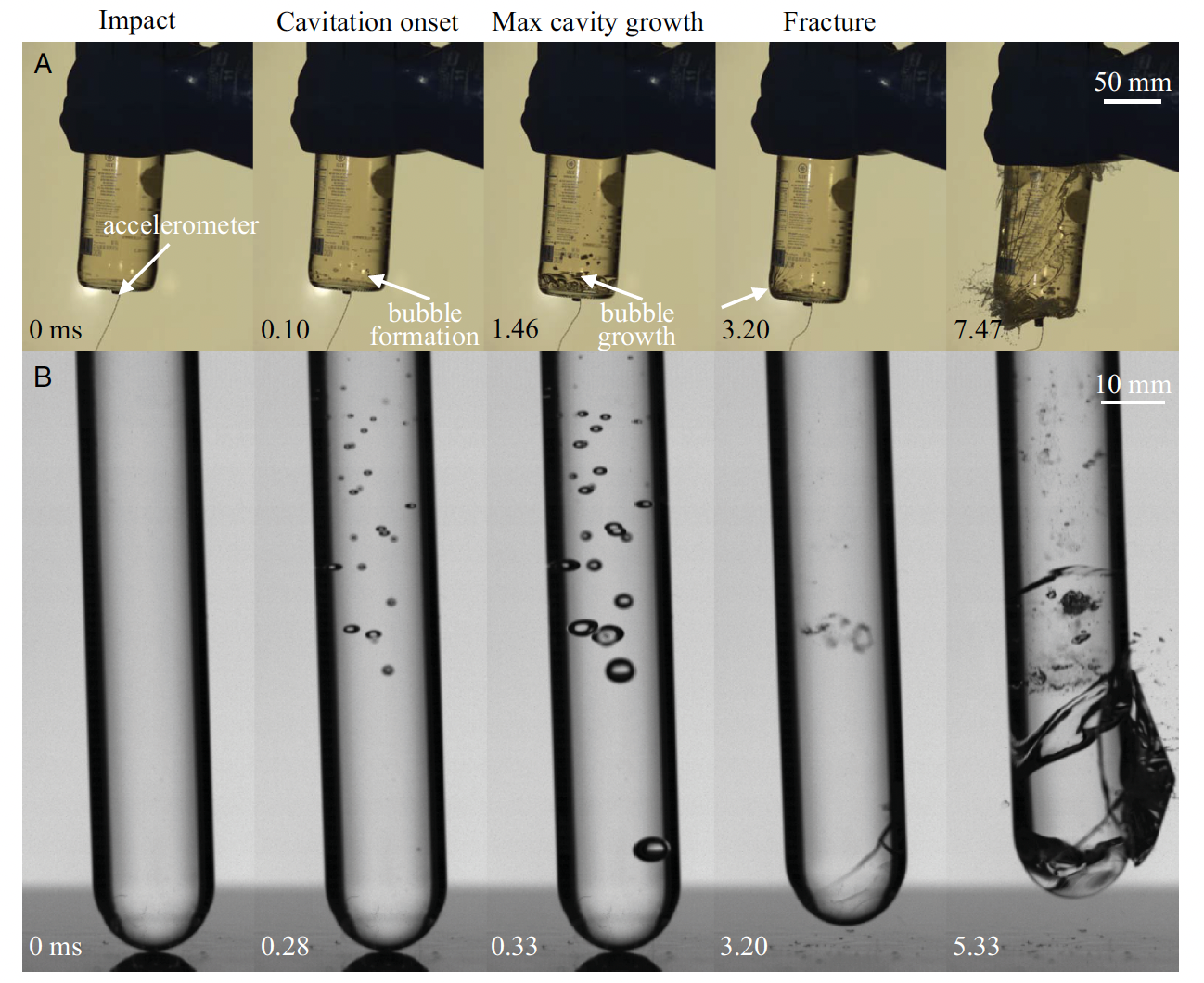
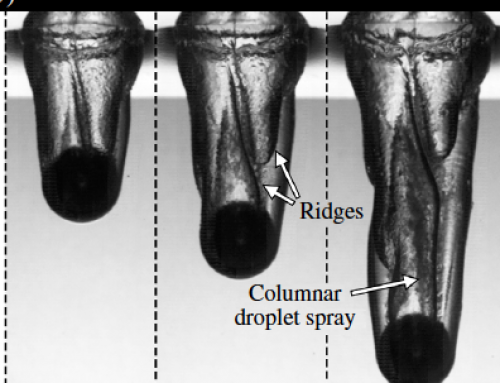
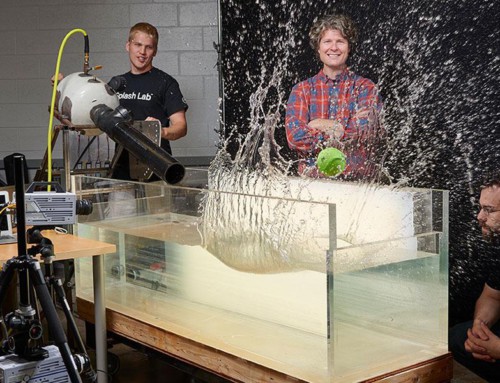
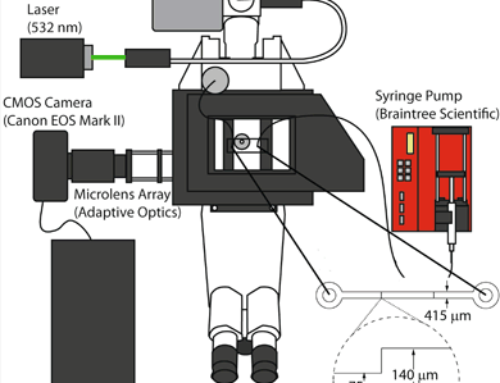
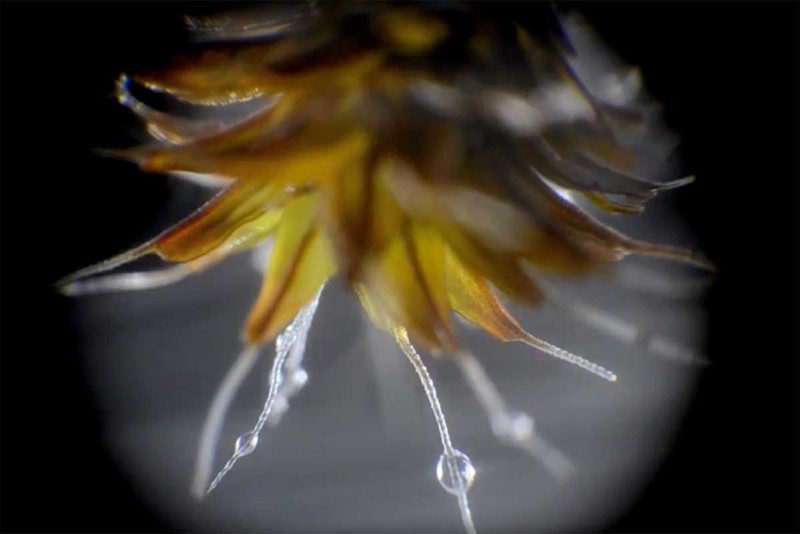
Recent Comments